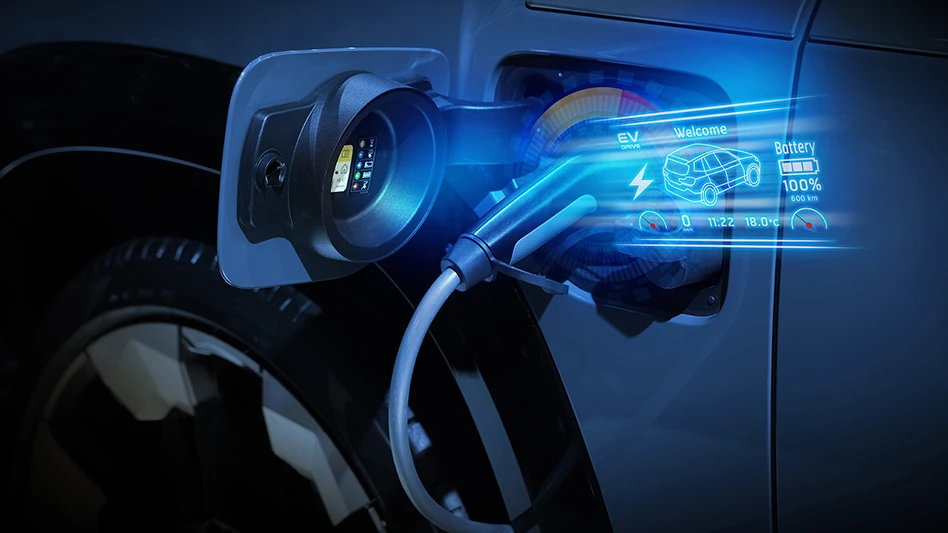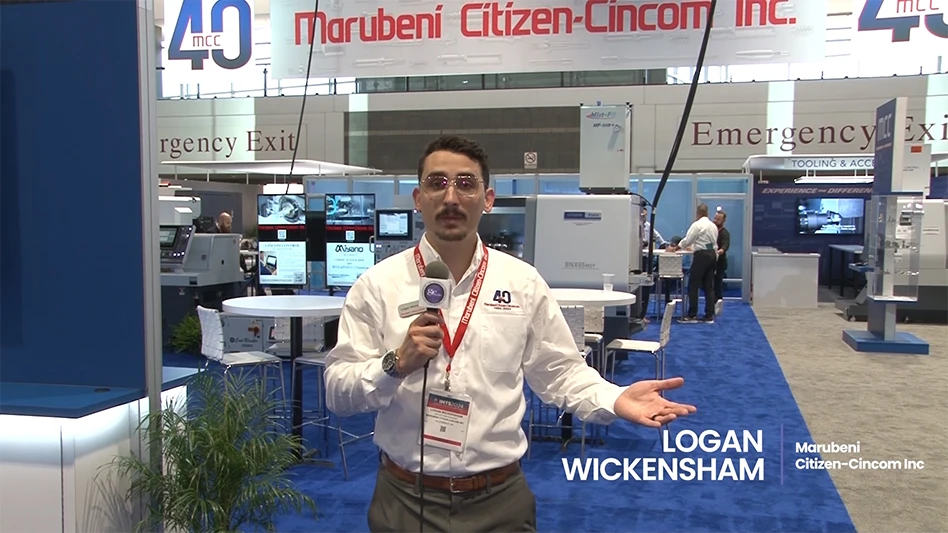
AdobeStock | 78231889
Stellantis N.V. and Infineon Technologies AG announced they will work jointly on the power architecture for Stellantis’ electric vehicles to support Stellantis’ ambition of offering clean, safe, and affordable mobility to all.
To support this, the companies have signed major supply and capacity agreements that will serve as the foundation for the planned collaboration to develop the next generation of power architecture, including:
- Infineon’s PROFETTM smart power switches, which will replace traditional fuses, reduce wiring, and enable Stellantis to become one of the first automakers to implement intelligent power network management.
- Silicon carbide (SiC) semiconductors, which will support Stellantis in its efforts to standardize its power modules and improve the performance and efficiency of EVs while also reducing costs.
- AURIXTM microcontrollers, which target the first generation of the STLA Brain zonal architecture.
Stellantis and Infineon are also in the process of extending their cooperation with the implementation of a Joint Power Lab to define the next-generation scalable and intelligent power architecture enabling Stellantis’ software-defined vehicle.
“As outlined in our strategic plan, Dare Forward 2030, we are securing the supply of crucial semiconductor solutions required to continue our transition to an electrified future leveraging innovative E/E architectures for our next-generation platforms,” says Maxime Picat, Stellantis chief purchasing and supplier quality officer.
“Infineon is now entering a collaboration and innovation partnership with Stellantis,” says Peter Schiefer, president of Infineon’s Automotive Division. “As the world’s leading automotive semiconductor vendor, we bring our product-to-system expertise and dependable electronics to the table. Our semiconductors drive the decarbonization and digitalization of mobility. They increase the efficiency of cars and enable software-defined architectures that will significantly improve the user experience.”
Latest from EV Design & Manufacturing
- Honda unveils demonstration production line for solid-state batteries
- Navigating today’s supply chain
- Multi-energy platform for trucks and SUVs designed for versatile production
- Solution offered for easy EV charger mounting in commercial spaces
- Bridging the Skills Gap: A Solution for Today’s Labor Shortage
- Fast tracking the development of custom rupture disk prototypes
- EMUGE-FRANKEN expands precision thread gage line
- IMTS 2024 Booth Tour: Fagor Automation Corp.





